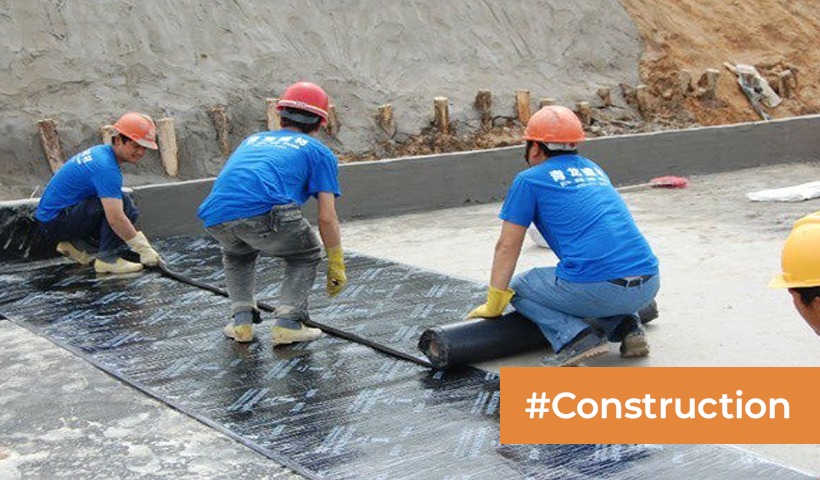Optimal Staircase Width: Ensuring Safety and Comfort
Staircases are a vital component of any building, offering vertical mobility and access between different floors. However, their design and dimensions play a crucial role in ensuring safety, convenience, and accessibility for occupants. One key consideration is determining the minimum width of staircases, which directly impacts user experience and safety standards. In this comprehensive guide, we delve into the factors influencing optimal staircase width, providing insights and recommendations to help architects, builders, and homeowners make informed decisions.
Understanding Staircase Width
Staircase width refers to the horizontal dimension of the staircase, typically measured perpendicular to the direction of travel. It determines the amount of space available for individuals to ascend or descend comfortably and safely. Optimal staircase width is influenced by various factors, including building codes, occupancy type, and user demographics. Let’s explore these factors in detail:
Building Codes and Regulations
Building codes and regulations set forth by local authorities or organizations such as the International Building Code (IBC) prescribe minimum requirements for staircase dimensions, including width. These regulations are designed to ensure safety and accessibility for building occupants. Compliance with these standards is essential to avoid potential hazards and legal implications.
Occupancy Type
The type of occupancy or use of the building significantly impacts the required staircase width. Buildings with high occupancy loads, such as commercial spaces, schools, or public facilities, typically necessitate wider staircases to accommodate increased foot traffic efficiently. Conversely, residential buildings may have different width requirements based on the number of occupants and dwelling size.
User Demographics and Accessibility
Consideration of user demographics is crucial when determining staircase width. Factors such as average user age, mobility limitations, and the presence of assistive devices should be taken into account to ensure inclusivity and accessibility. Widening staircases can enhance maneuverability for individuals with disabilities or mobility challenges, promoting universal design principles.
Safety Standards and Recommendations
In addition to meeting minimum code requirements, adhering to safety standards and best practices is paramount. Widening staircases beyond the prescribed minimums can provide an extra margin of safety, reducing the risk of accidents, crowding, and congestion during emergencies or peak usage times. Prioritizing user safety enhances the overall functionality and usability of staircases within a building.
Determining the Minimum Width
Now that we’ve explored the factors influencing staircase width, let’s delve into the specifics of determining the minimum width required for different settings. While precise calculations may vary based on specific circumstances, there are general guidelines and formulas to aid in this process.
Formulaic Approach
One common method for calculating staircase width involves applying a formula based on occupancy load and intended use. By considering factors such as anticipated traffic flow and peak usage scenarios, architects and designers can arrive at a suitable width that balances safety and efficiency. Consulting with structural engineers can provide valuable insights into structural integrity and load-bearing capacity.
Mock-Up and Testing
Mock-ups and physical testing offer practical insights into the usability and comfort of staircases. Creating scale models or conducting simulations allows designers to assess spatial relationships, user experience, and ergonomic factors. User feedback and observations from mock-up tests can inform adjustments to staircase dimensions before finalizing the design.
Case Studies and Best Practices
Drawing inspiration from successful case studies and best practices in staircase design can inform decision-making. Analyzing projects with similar requirements and constraints provides valuable lessons and benchmarks for achieving optimal results. Incorporating proven strategies and innovative solutions can elevate the design quality and user experience of staircases.
FAQs (Frequently Asked Questions)
What is the standard minimum width for residential staircases?
In most residential settings, the standard minimum width for staircases is typically 36 inches (91.4 centimeters). However, specific requirements may vary based on local building codes and regulations.
Why is staircase width important?
Staircase width is important for ensuring user safety, comfort, and accessibility. Adequate width allows for smooth traffic flow, reduces the risk of accidents, and accommodates users of all ages and abilities.
Can staircase width be customized based on building requirements?
Yes, staircase width can be customized based on the unique requirements of the building, including occupancy type, user demographics, and architectural constraints. Customization allows for tailored solutions that prioritize functionality and aesthetics.
Are there any advantages to exceeding minimum width requirements for staircases?
Exceeding minimum width requirements for staircases offers several advantages, including enhanced safety, improved accessibility, and greater user comfort. Wider staircases can accommodate increased traffic flow and provide space for individuals with mobility aids or assistive devices.
How does staircase width impact building design?
Staircase width influences various aspects of building design, including spatial planning, circulation efficiency, and user experience. Integrating appropriately sized staircases enhances the overall functionality and aesthetic appeal of architectural spaces.
What considerations should be made for designing accessible staircases?
Designing accessible staircases involves considerations such as width, slope, handrails, and landing dimensions. Incorporating universal design principles ensures inclusivity and accommodates users with diverse needs and abilities.
Conclusion
In conclusion, determining the minimum width of staircases is a critical aspect of architectural design, with implications for safety, accessibility, and user experience. By considering factors such as building codes, occupancy type, and user demographics, architects and designers can create staircases that meet both regulatory requirements and user needs. Prioritizing safety, comfort, and inclusivity ensures that staircases contribute positively to the functionality and aesthetics of buildings.
Disclaimer: The views expressed above are for informational purposes only based on industry reports and related news stories. PropertyPistol does not guarantee the accuracy, completeness, or reliability of the information and shall not be held responsible for any action taken based on the published information.




